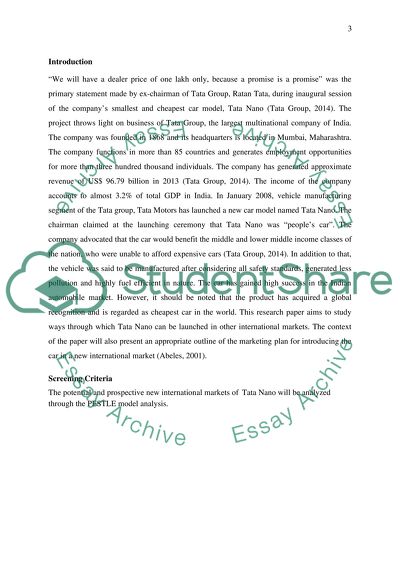Cite this document
(“Tata Nano developing international markets Essay”, n.d.)
Retrieved from https://studentshare.org/marketing/1644671-tata-nano-developing-international-markets
Retrieved from https://studentshare.org/marketing/1644671-tata-nano-developing-international-markets
(Tata Nano Developing International Markets Essay)
https://studentshare.org/marketing/1644671-tata-nano-developing-international-markets.
https://studentshare.org/marketing/1644671-tata-nano-developing-international-markets.
“Tata Nano Developing International Markets Essay”, n.d. https://studentshare.org/marketing/1644671-tata-nano-developing-international-markets.


